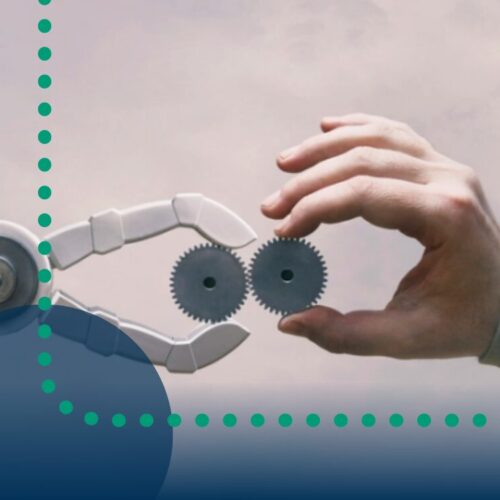
The Americans with Disabilities Act (ADA) was created to ensure equal access and opportunity for people with disabilities. Title I of the ADA outlines specific requirements for employers to provide reasonable accommodations and prevent discrimination in all employment practices.
Following these guidelines isn’t just about compliance; it’s about creating a workplace where all employees feel valued, supported and empowered. If you’re ready to go beyond the basics and build a truly disability-friendly workplace, here’s how to start.
Step 1: Assess the workplace culture
Looking at the culture of your workplace, how inclusive is it of people from different cultures, of different races or religions or with different physical or mental impairments? Is it supportive of each person’s uniqueness or do issues arise when someone is outside of what others consider to be the norm?
This is important because it tells you how much work you need to do to make the workplace disability-friendly. If the current culture is welcoming and supportive, you may find it easier to make any necessary changes. If it isn’t, you might need to work on changing the culture via training and education before focusing your efforts elsewhere.
Step 2: Identify accessibility concerns and barriers
Go through each area of the business and identify any potential barriers to accessibility or accessibility-related concerns. Consider barriers and concerns that may exist for employees, customers who come to visit, vendors and even the public if they frequent your business.
Things to look for include:
- Is the parking lot accessible to people who may need more space getting into or out of their vehicle?
- Is there an entrance ramp to the facility for people with mobility devices that make stairs more difficult (wheelchair, walker, etc.)?
- Are doors wide enough for mobility devices to go through?
- Are restrooms accessible for assistive devices?
- If the facility has a second floor, can it be accessed without the stairs?
- Are elevator buttons and any other access buttons positioned so they can be reached by someone positioned at a lower height?
- Do access buttons have raised letters, numbers or symbols so someone with vision difficulties can read them by touch?
- Is there a process whereby someone who needs assistance can ask for it? (i.e. internal processes in place that allow employees with vision issues to submit a request for a larger computer monitor)
- When recruiting, do you mention that your business is disability-friendly or attend disability-focused job fairs?
- Do you make accommodations for disabilities in the interview process?
Step 3: Prioritize changes
After taking a look at the culture of your business and any limitations to accessibility, the next step is to prioritize needed changes. What areas need to be worked on first? Consider prioritizing items that are making accessibility impossible or are so glaring that they could be construed as offensive to someone with certain accessibility needs.
Step 4: Brainstorm solutions
Once you’ve identified potential barriers to accessibility, the next step is to brainstorm solutions for the high-priority items. Create a list of ideas for resolving these issues in a way that will make the workplace more disability-friendly.
Ideally, people who may benefit from these solutions should be included in this brainstorming process. Their insight can be incredibly valuable as they may bring to light the challenges they’ve faced that others might not necessarily think about.
Step 5: Develop and implement a plan
The final step is to make a plan for change. Select a solution to implement, develop a strategy for making it happen and start working on the process.
Once the plan is implemented, monitor it along the way to make sure you don’t inadvertently create other barriers to accessibility (such as placing a ramp at the front door that is so narrow it doesn’t fit an oversized wheelchair).
Building a disability-friendly workplace is another way to make your business more inclusive. It also adds a sense of welcome for people who can benefit from increased accessibility.
Safety at Staff Management | SMX
Ensuring workplace safety remains paramount on a daily basis. This is why we customize our established safety program to align with, bolster, and elevate your current program. At Staff Management | SMX, our dedication revolves around nurturing a holistic safety culture across your facility, fostering a secure workspace for all. Our primary objective is to seamlessly integrate our safety initiatives into the everyday framework and standard operating procedures (SOPs) of all service team members.



